Contents
Introduction
Wolfgang Köhler was a pioneering German psychologist and one of the founding figures of Gestalt psychology. His work on problem-solving, insight, and perception significantly advanced our understanding of cognitive processes and animal behavior. Köhler’s research challenged the behaviorist perspective, emphasizing the holistic nature of perception and the importance of insight in learning. His contributions have had a lasting impact on psychology, education, and cognitive science.

In this article, we will Examine Wolfgang Köhler’s groundbreaking work on insight, perception, and problem-solving, highlighting his role in founding Gestalt psychology and challenging behaviorist views.
Early Life and Education
Wolfgang Köhler was born on January 21, 1887, in Reval (now Tallinn, Estonia), then part of the Russian Empire. His family moved to Germany when he was six years old, where he grew up in an intellectually stimulating environment. Köhler’s father was a school principal, and his mother was a well-educated homemaker, both of whom encouraged his curiosity and academic pursuits.
Image Source: codepen.io

Educational Journey
| Aspect | Details |
| Early Education | Köhler attended secondary schools in Germany, where he developed a strong foundation in science and the humanities. |
| University of Tübingen | Köhler began his higher education at the University of Tübingen, studying physics, philosophy, and psychology. |
| University of Bonn | He continued his studies at the University of Bonn, further exploring his interests in science and philosophy. |
| University of Berlin | Köhler completed his doctoral studies at the University of Berlin, earning his Ph.D. in 1909 with a dissertation on auditory perception under the supervision of Carl Stumpf. |
| Research | Köhler’s early research focused on sensory perception and auditory phenomena, which laid the groundwork for his later work in Gestalt psychology. |
Timeline of Early Influences
| Aspect | Details |
| Carl Stumpf | Stumpf’s work on the psychology of music and auditory perception significantly influenced Köhler’s early research interests. |
| Max Wertheimer | Wertheimer’s development of Gestalt psychology and his work on the phi phenomenon provided a theoretical foundation for Köhler’s later research on problem-solving and insight. |
| Edgar Rubin | Rubin’s work on figure-ground perception and visual phenomena influenced Köhler’s understanding of perceptual organization. |
| Albert Einstein | Einstein’s theories on relativity and his holistic approach to scientific problems inspired Köhler’s interdisciplinary approach to psychology. |
Major Theories and Works
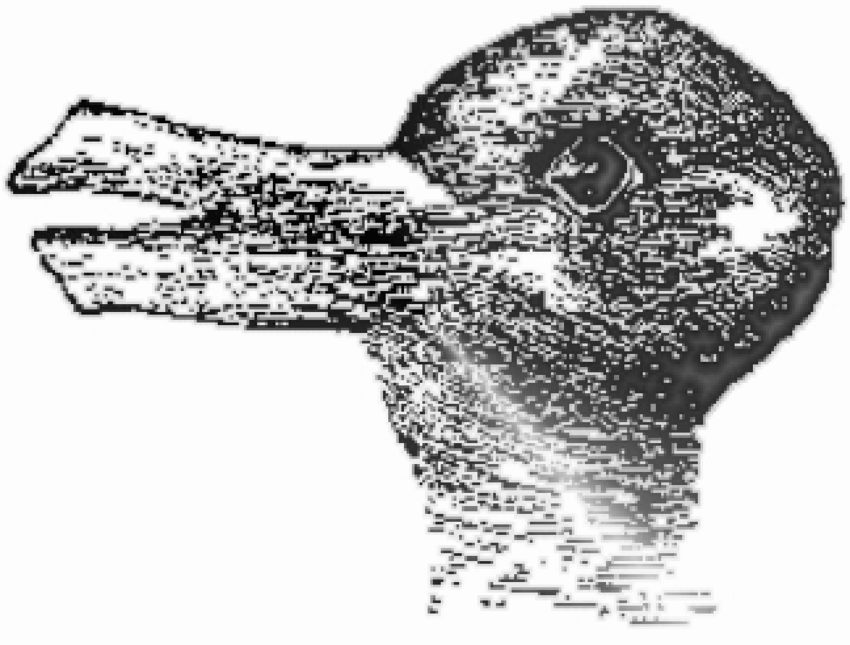
Gestalt Psychology
Gestalt Psychology, founded by Max Wertheimer, emphasizes the holistic nature of perception, asserting that we perceive objects and patterns as complete forms rather than the sum of their parts. Key elements include:
- Principle of Prägnanz: This principle suggests that people will perceive and interpret ambiguous or complex images as the simplest form(s) possible, making sense of the visual world efficiently.
- Figure-Ground Perception: Gestalt psychology introduces the concept of figure-ground organization, where the mind differentiates an object from its surrounding environment (the ground).
- Laws of Perceptual Organization: These include principles like proximity, similarity, continuity, closure, and connectedness, which describe how people naturally group elements together to form coherent perceptions.
Image Source: researchgate.net
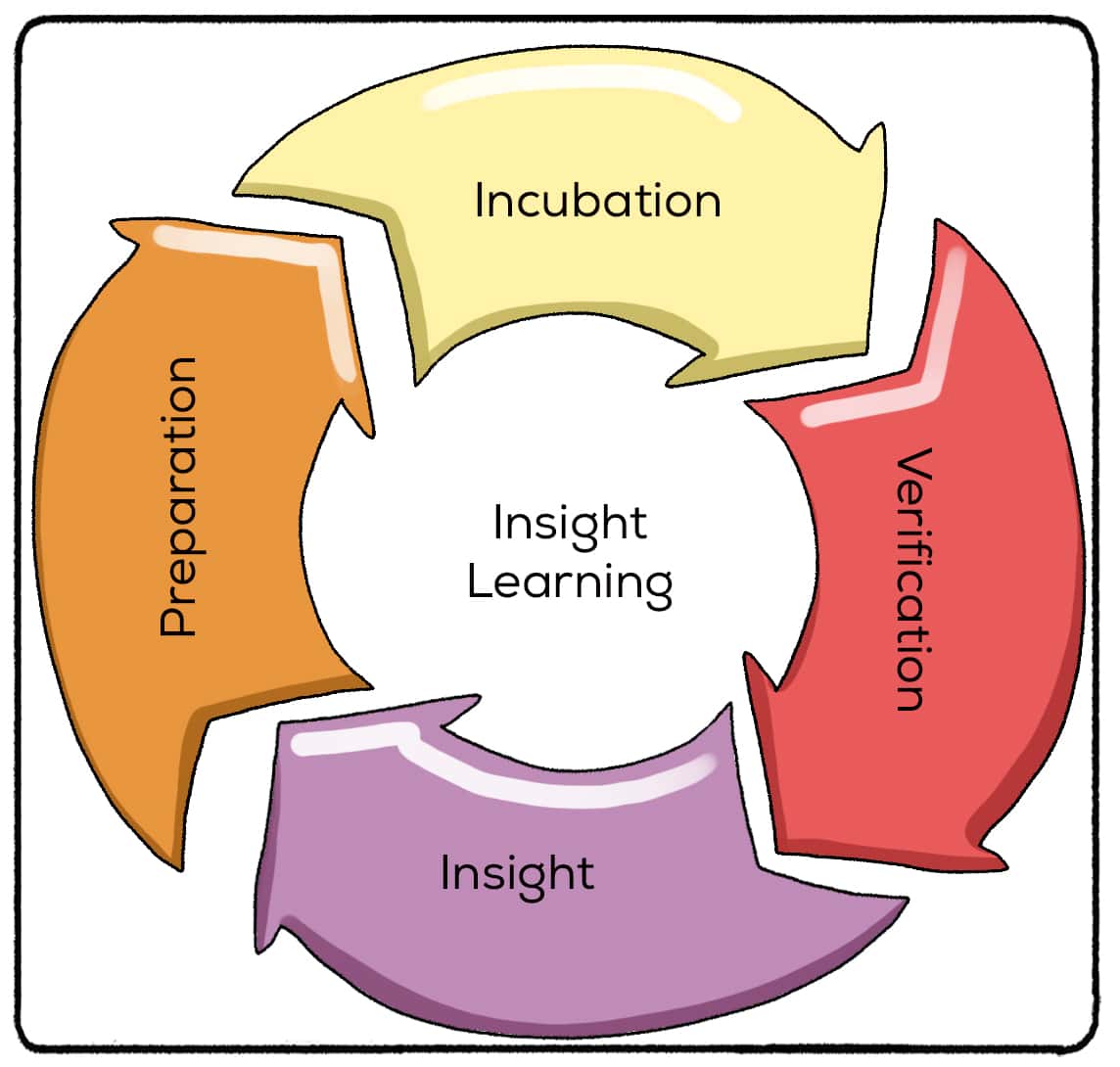
Insight Learning
Insight Learning, a concept introduced by Wolfgang Köhler, emphasizes sudden realization or understanding of a problem’s solution rather than trial-and-error learning. Key elements include:
- Sudden Problem Solving: Unlike gradual learning, insight involves an abrupt “aha” moment where the solution becomes clear, often after a period of contemplation.
- Cognitive Restructuring: Insight learning requires rethinking the problem, reorganizing mental representations, and seeing the situation from a new perspective to arrive at a solution.
- Understanding Relationships: It highlights the importance of grasping the relationships between different elements of a problem, allowing for a deeper comprehension that leads to the solution.
Image Source: practicalpie.com

The Canary Islands Experiments
The Canary Islands Experiments, conducted by Wolfgang Köhler, are a series of studies on chimpanzee behavior that significantly contributed to our understanding of insight learning. Key elements include:
- Insight Over Trial-and-Error: Unlike previous theories that emphasized trial-and-error learning, these experiments showcased how chimpanzees could suddenly perceive the solution to a problem, supporting the idea of insight learning.
- Cognitive Abilities in Animals: The findings challenged existing views on animal intelligence, suggesting that non-human animals are capable of complex problem-solving and abstract thinking.
Image Source: mdpi.com
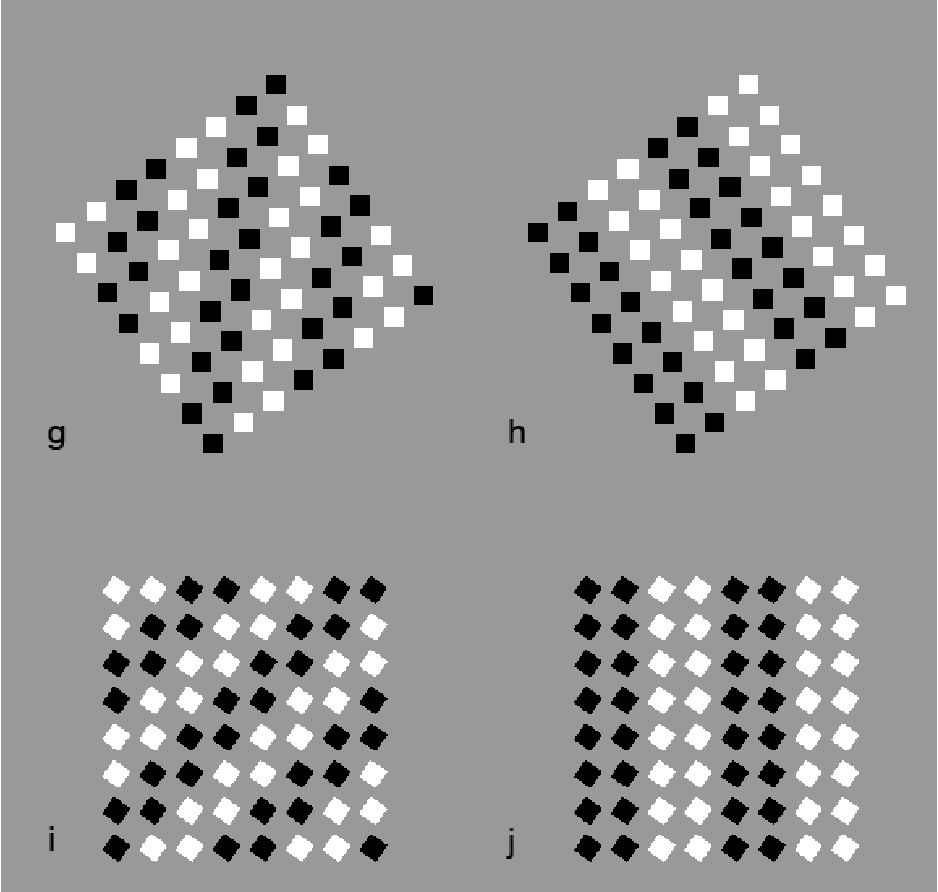
Principles of Perceptual Organization
Köhler, along with his colleagues Max Wertheimer and Kurt Koffka, identified several principles of perceptual organization that explain how we perceive visual elements as unified wholes. These principles include:
- Proximity: Elements that are close to each other are perceived as belonging together.
- Similarity: Elements that are similar in appearance are perceived as part of the same group.
- Continuity: Elements arranged in a line or curve are perceived as continuing in a particular direction.
- Closure: The mind tends to fill in missing information to perceive a complete image.
- Figure-Ground: Elements are perceived as either the figure (the main object of focus) or the ground (the background).
Image Source: semanticscholar.org

Field Theory
Kurt Lewin’s Field Theory is a psychological framework that explores how individuals’ behavior is influenced by their environment, or “life space,” which includes both physical surroundings and psychological forces. Key elements include:
- Life Space: Lewin’s concept of life space encompasses all the factors affecting a person’s behavior at a given time, including their environment, experiences, needs, and emotions. Behavior is seen as a function of this life space.
- Dynamic Interactions: Field Theory emphasizes the dynamic interactions between the individual and their environment. It suggests that behavior is not just a result of internal drives but is also shaped by external forces and how they interact with personal factors.
Image Source: researchgate.net
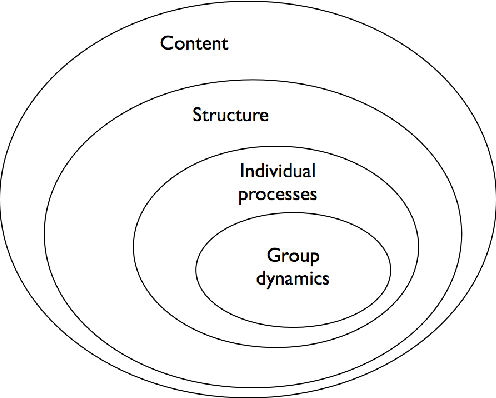
Dynamics in Psychology
Psychological dynamics refer to the forces and processes that influence behavior, emotions, and thought patterns in individuals and groups. These dynamics are central to understanding how internal and external factors interact to shape psychological outcomes. Key elements include:
- Intrapsychic Dynamics: This concept involves the internal psychological processes that drive behavior, such as conflicts between different parts of the psyche, including the id, ego, and superego in Freudian theory. These internal forces often create tension, which influences behavior and emotional responses.
- Interpersonal Dynamics: These are the interactions and relationships between individuals, which can significantly impact behavior and psychological well-being.
Image Source: semanticscholar.org
Psychologists Influenced by Köhler
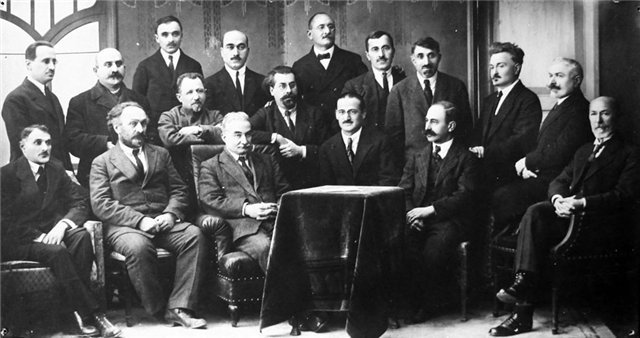
- Kurt Lewin – Lewin’s work on field theory and social psychology was heavily influenced by Köhler’s emphasis on the dynamic interactions between individuals and their environments (Lewin, 1935).
- Solomon Asch – Known for his conformity experiments, Asch applied Gestalt principles to understanding social behavior and perception (Asch, 1956).
- Rudolf Arnheim – Arnheim’s work on art and visual perception drew extensively on Gestalt principles to explain the aesthetics of perception (Arnheim, 1954).
- Hans Wallach – Wallach’s research on perception and auditory processing built on Köhler’s Gestalt theories, contributing to our understanding of sensory processes (Wallach, 1949).
- Eleanor Gibson – Gibson’s work on perceptual learning and development was influenced by Köhler’s emphasis on the active role of the learner in perceiving and understanding the environment (Gibson, 1969).
Impact on Psychology
Contributions to Related Fields
Köhler’s interdisciplinary approach extended his influence to areas such as education, design, and art. His principles of perceptual organization have informed educational practices, leading to the development of teaching methods that emphasize holistic learning and problem-solving. In design, Köhler’s theories have been applied to create more effective visual displays and user interfaces, enhancing the usability and aesthetic appeal of various products. In art, Gestalt principles have been used to analyze and understand the perception of visual artworks, contributing to the fields of art theory and visual arts education.
Legacy and Influence
- Long-Term Impact: Wolfgang Köhler’s legacy endures through his lasting contributions to psychology and related fields. His pioneering work in Gestalt psychology has laid the foundation for numerous subsequent theories and research in cognitive psychology, developmental psychology, and educational psychology. Köhler’s emphasis on holistic perception and the principles of perceptual organization continues to influence contemporary research and practice in these fields.
- Recognition and Honors: Köhler received numerous accolades and recognition for his work during his lifetime and posthumously. He was elected president of the American Psychological Association in 1959 and received honorary degrees from several prestigious universities. Köhler’s contributions to psychology and education have been commemorated through various awards, lectureships, and honors, underscoring his significant impact on these fields.
- Criticism and Controversies: While Wolfgang Köhler has garnered significant recognition for his contributions to psychology, his work has not been without criticism. Some argue that Gestalt principles lack empirical rigor and are difficult to quantify, posing challenges for experimental validation. Additionally, critics point out that Köhler’s focus on perceptual organization and insight learning may overlook the role of gradual learning processes and reinforcement. Despite these criticisms, Köhler’s pioneering research on Gestalt psychology remains a cornerstone of cognitive psychology.
Conclusion
Wolfgang Köhler’s life and work have profoundly shaped the fields of psychology and education. His theories on Gestalt psychology, insight learning, and principles of perceptual organization offer valuable insights into human perception and cognitive processes. By emphasizing the holistic nature of perception and the importance of insight in problem-solving, Köhler has provided a comprehensive framework for understanding and enhancing cognitive development and learning. As his legacy continues to unfold, Köhler’s contributions to psychology and related fields will likely inspire future generations of researchers, educators, and practitioners.
Bibliography
- [1] Arnheim, R. (1954). Art and Visual Perception: A Psychology of the Creative Eye. Berkeley: University of California Press.
- [2] Asch, S. E. (1956). Studies of independence and conformity: I. A minority of one against a unanimous majority. Psychological Monographs, 70(9), 1-70.
- [3] Bandura, A. (1963). Social Learning and Personality Development. New York: Holt, Rinehart & Winston.
- [4] Gibson, E. J. (1969). Principles of Perceptual Learning and Development. New York: Appleton-Century-Crofts.
- [5] Koffka, K. (1935). Principles of Gestalt Psychology. New York: Harcourt, Brace.
- [6] Köhler, W. (1925). The Mentality of Apes. London: Kegan Paul, Trench, Trubner & Co.
- [7] Köhler, W. (1933). Simple Structural Functions. New York: Harcourt, Brace.
- [8] Köhler, W. (1938). The Place of Value in a World of Facts. New York: Liveright.
- [9] Köhler, W. (1940). Dynamics in Psychology. New York: Liveright.
- [10] Köhler, W. (1947). Gestalt Psychology. New York: Liveright.
- [11] Lewin, K. (1935). A Dynamic Theory of Personality: Selected Papers. New York: McGraw-Hill.






